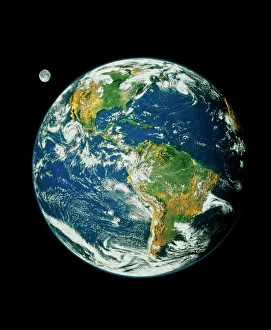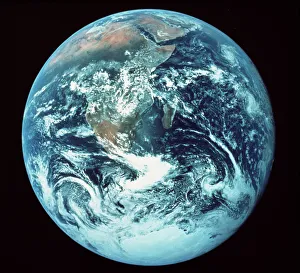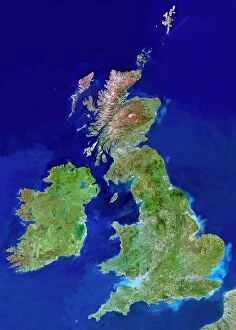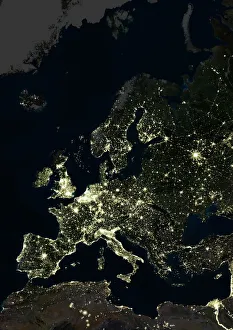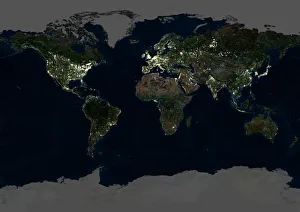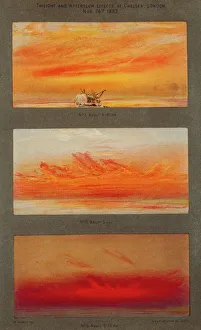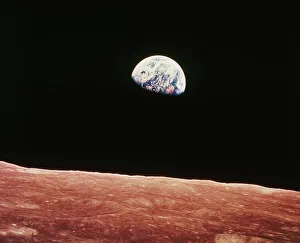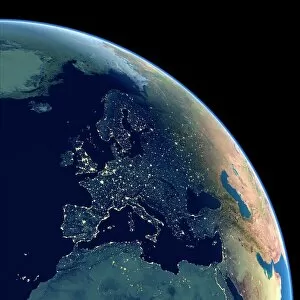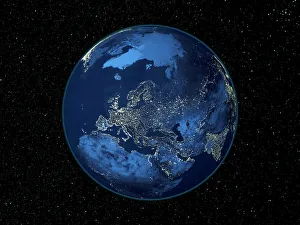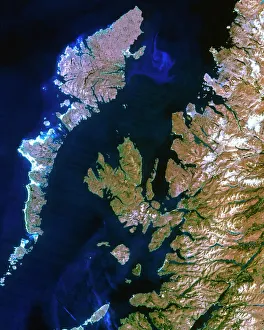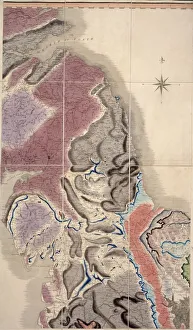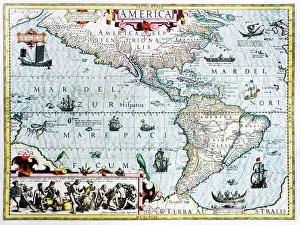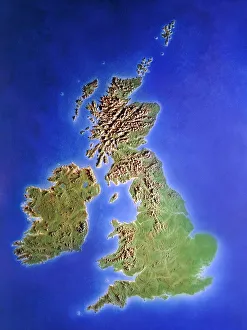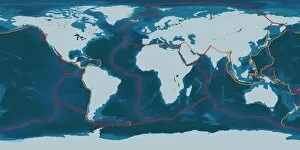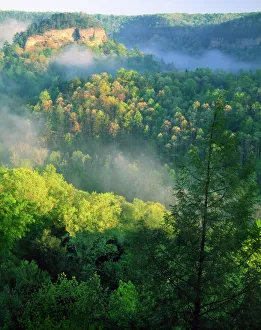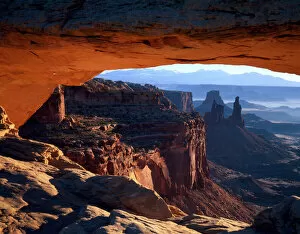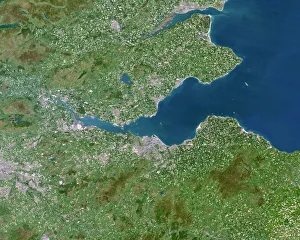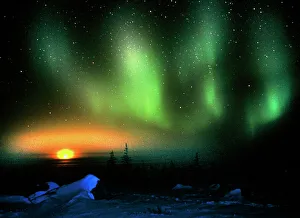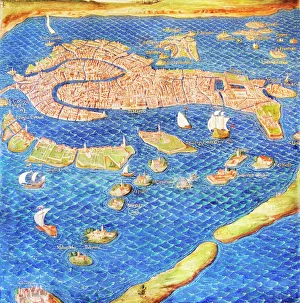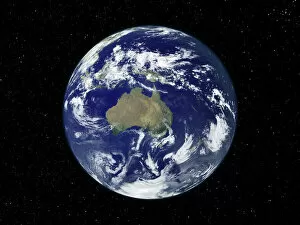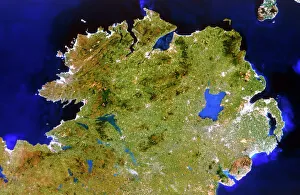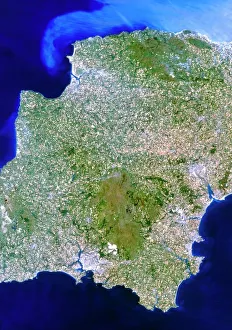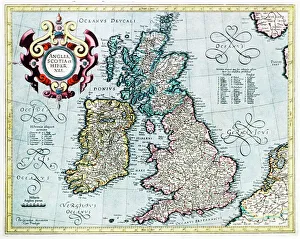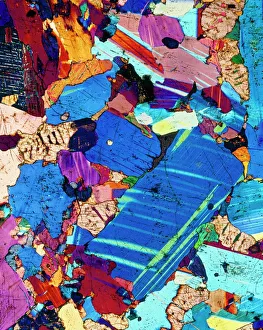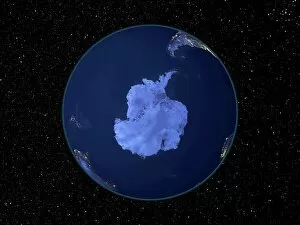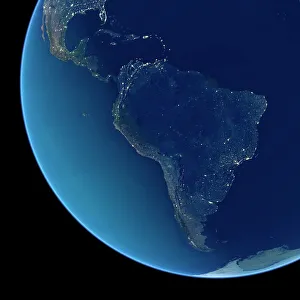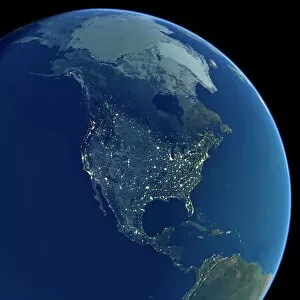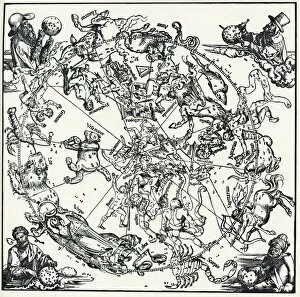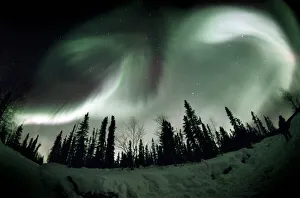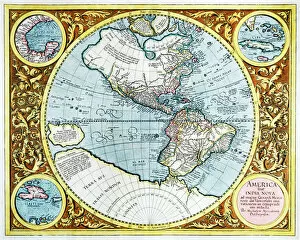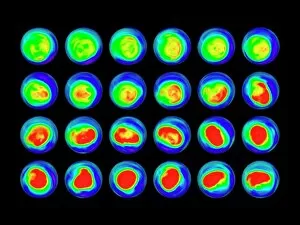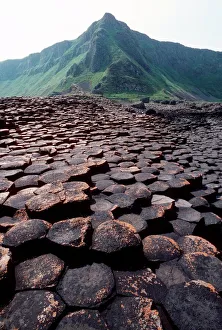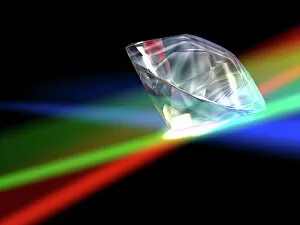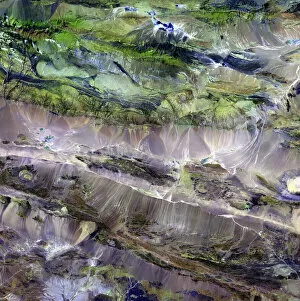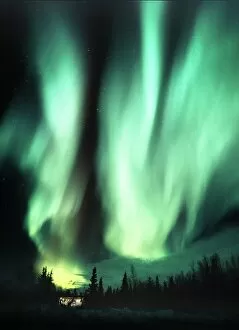Earth Science Collection
Exploring the wonders of Earth through the lens of science and art
All Professionally Made to Order for Quick Shipping
Exploring the wonders of Earth through the lens of science and art. 🌍✨ From the iconic 'Blue Marble 2000' image capturing our Whole Earth's beauty, to Apollo 17's breathtaking photograph showcasing our planet from above, Earth Science invites us to marvel at its grandeur. Satellite images like the British Isles or Europe at night reveal how human activity illuminates our world after sunset, while the captivating view of Whole Earth at night reminds us of our interconnectedness under a starry sky. Inspired by nature's phenomena, artists captured Krakatoa sunsets in 1883 artworks, reminding us of both its destructive power and mesmerizing beauty. Dürer's intricate world map from 1515 offers a glimpse into early cartography and humanity's quest for knowledge. The awe-inspiring 'Earthrise' photo taken from above the moon surface serves as a reminder that we are all inhabitants on this pale blue dot floating in space. Meanwhile, historical maps like the 16th Century Plan of Florence or 17th century map of Europe allow us to trace back centuries-old perspectives on geography. Delving deeper into understanding our environment, soil triangle diagrams provide insights into soil composition and its impact on agriculture and ecosystems. Earth Science takes us on an incredible journey across time and space – revealing not only the physical aspects but also fostering appreciation for our planet’s diversity and fragility.

